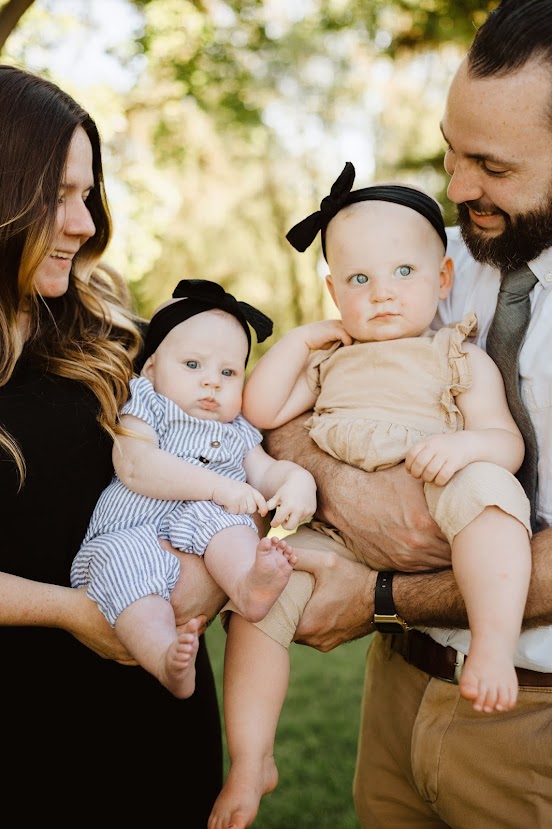Connected
The other day as my daughter shook her finger at me and cried because I wouldn't let her hit her sister I noticed something. The emotion in her tears was familiar. This may seem silly to some but it reminded me of the sadness I felt when I didn't get into the nursing program for the first time. It had the same anger and frustration that I felt after fighting with my parents as a teenager. A toddler crying because she wasn't allowed to hit her sister sounds completely immature and invalid to a normal adult. As I took a step back and tried to understand what my baby girl might have been feeling for her to cry so much. it helped me validate and respect her as a human being. First, she was stopped in the middle of doing something she wanted too do. Have you ever been interrupted in the middle of a very important meeting or phone call? Second, she felt the guilt and shame behind what she did which created embarrassment and made her want to shrink back and instead she retaliated with anger and frustration.
"Dorothy, are you mad that I wouldn't let you hit Eve?"
She pauses, and then cries harder.
I say it louder so she knows I understand.
"Dorothy are you embarrassed that you got mad at your sister and that mommy stopped you?"
Dorothy nods and cries and jumps into my arms for a hug, (This really happened and it made my mom heart melt even though I normally would have been frustrated.) and I've learned the beginning of creating an emotional bond between me and my children. The people I love most in the world.
This emotional bond created between me and my children will help my children learn how to identify their emotions, handle problems better, gain healthy relationships with others, feel trust between me and them, and many other things. This is called emotional intelligence. According to Stein (2019) emotional intelligence has to do with a person's ability to recognize, identify and manage, your emotions or the emotions of those around you. This in turn creates a less stressful environment for those experiencing the emotion and it helps pave the way for successful coping during difficult, stressful times.. If successful coping does not happen children will eventually find ways to release the stress of built up emotions that may not be healthy. This could be drugs, inappropriate relationships, or tantrums for a toddler.
Dr. Gotman (2009) gives five steps to effective emotion coaching.
1. Notice the child's emotions
2. Validate the childs right to have those feelings
3. Treat the child with dignity
4. Helping the child label the emotion
5. Treat the child with dignity.
Dr. Gottman has so many good insights on why this emotion coaching works and how it works.
As I treated my daughter with the respect she deserved I had the most wonderful connective experience with her. I felt like she knew me and I knew her. It was as if I was saying. I see you and she was saying, "I'm trying and learning momma." It created a safe space for her to grow and understand what she was feeling and it created a calm atmosphere that I could teach her about her inappropriate behavior.
Here is an example that we see too often. The parent does not respect the emotional needs of the child. When looking at this photo adults tend to first see the Santa and immediately think this picture is funny, or cute. Our first thought is oh, Santa is not going to hurt them so their irrational fear of him is comical. Adults forget to look at the children's faces. Imagine if we took out every aspect of this picture except for the children screaming. Any adult seeing the picture with just the children screaming would be worried and feel the natural need to want to help those children. As we focus on what we know to be actually dangerous and scary vs. a toddlers perception of what is dangerous and scary we think that because we know better than the children our opinion and viewpoint is what matters and any thing else is not valid. But the toddler doesn't know that there is no harm. The toddler perceives real fear and danger and has strong emotions. They are scared. We need to love and respect our children to let go of our pride and put ourselves in their shoes and take opportunities like this as a bonding, teaching moment. This can teach those children that yes, strangers can be scary. Instead of laughing at the children for being scared.



Comments
Post a Comment